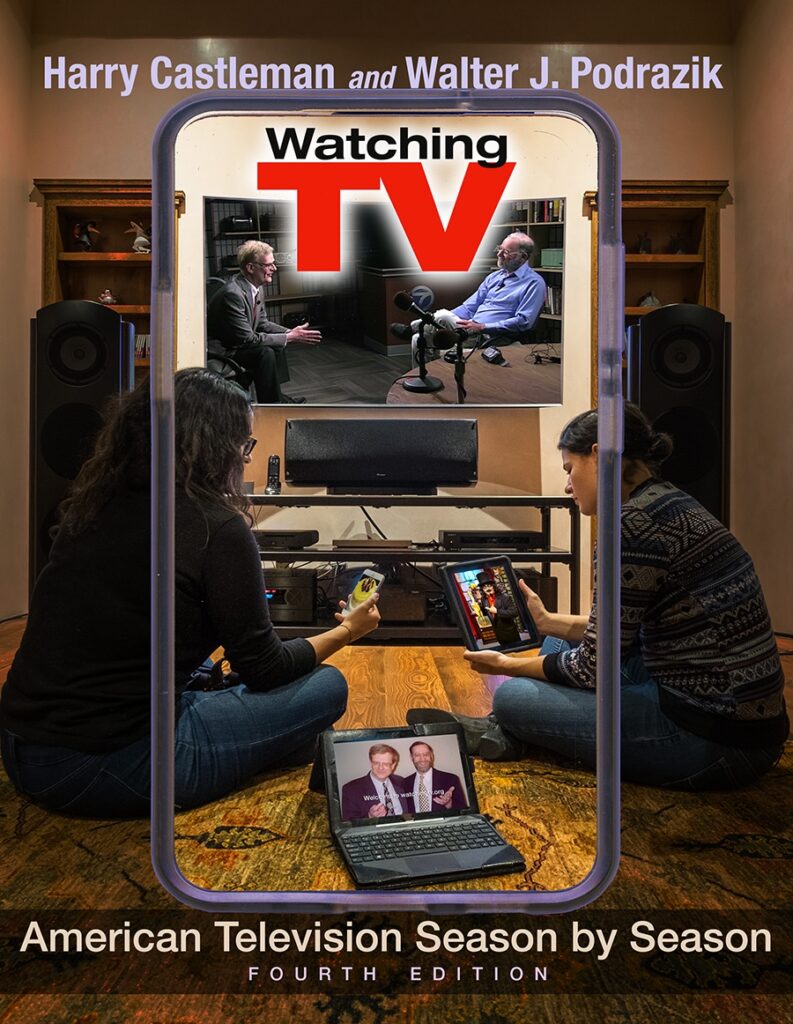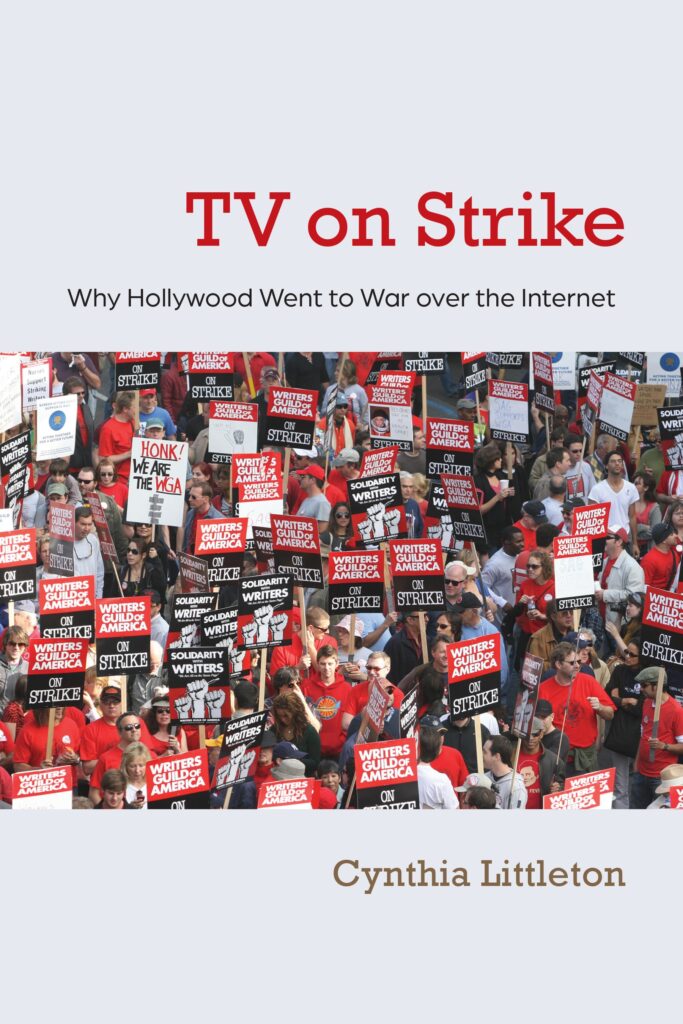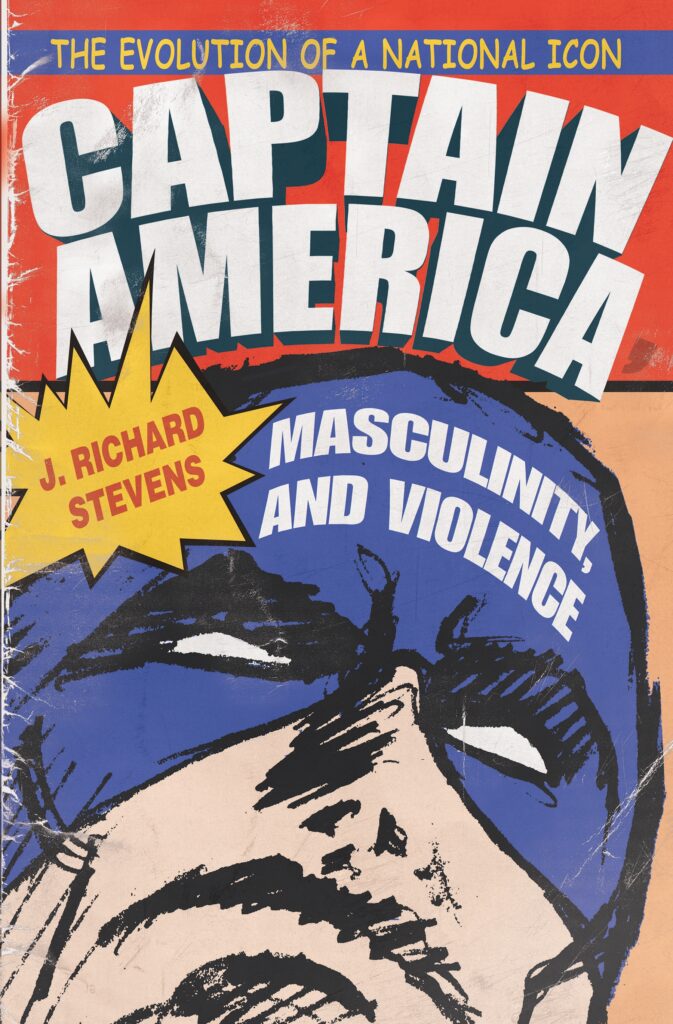Celebrating over twenty-five years of groundbreaking scholarship, our Television and Pop Culture series offers a wide variety of volumes about American television and popular culture, including updated classics like the widely course-adopted Watching TV. Topics examine individual shows, specific genres, creators and producers, and the history and evolution of the medium. Since its founding, the series has expanded to include more aspects of American popular culture and mass entertainment such as vaudeville, comics, movies, and radio broadcasting.
From the Acquisitions Editor, Heather Stauffer
As the television medium has transformed in the era of streaming and internet platforms, so too has our Television and Pop Culture Studies series. Helmed by Robert Thompson since the mid-1990s, the series was the first to focus on academic approaches to television. Continuing this storied run, the series remains focused on relevancy, particularly as the general understanding of “television” expands and evolves. In addition to research involving the medium of traditional television, the series welcomes projects that address the wide-ranging issues of subscription streamers, web streaming and series, the changing role of commercials, comics, and graphic novels. The series looks forward to books that engage with the interdisciplinarity of mass entertainment, particularly in themes of representation, gender, race, culture, entertainment history, and accessibility. As technology continues to challenge and redefine notions of influence and entertainment, we are keen on this series remaining a meaningful voice in the discourse.
Watching TV: American Television Season by Season, Fourth Edition (2024)
Harry Castleman and Walter J. Podrazik

Scholars’ Harry Castleman and Walter J. Podrazik’s Watching TV: American Television Season by Season, Fourth Edition is the definitive season-by-season narrative that encompasses ever era of American television from the first broadcast to the streaming releases of today. Drawing on decades of research, the authors weave together personalities, popular shows, corporate strategies, historical events, and changing technologies, enhancing the main commentary with additional elements that include fall prime time schedule grids for every season, date box timelines, highlighted key text, and selected photos. Full of facts, firsts, insights, and exploits from now back to the earliest days, Watching TV is the standard chronology of American television, and reading it is akin to channel surfing through history.
TV on Strike: Why Hollywood Went to War over the Internet (2024)
Cynthia Littleton

TV on Strike examines the upheaval in the entertainment industry by telling the inside story of the first writers’ strike—the hundred-day writers’ strike that thwarted Hollywood in late 2007 and early 2008. The television industry’s uneasy transition to the digital age was the driving force behind what seemed then to be the most significant labor dispute of the twenty-first century. Now, in 2025, we know it was only the first battle. The strike put a spotlight on how the advent of new media distribution platforms reshaped the traditional business models that governed the television industry for decades. The uncertainty that sent writers out into the streets of Los Angeles and New York with picket signs laid bare the depth of the divide between the media barons who rule the entertainment industry and the writers who are integral as the creators of movies and television shows.
Chick TV: Antiheroines & Time Unbound (2022)
Yael Levy

A corrective to the popular image of the violent, masculine anti-hero on TV, author Yael Levy advances antiheroines to the forefront of television criticism, revealing the varied and subtle ways in which they perform feminist resistance in the book, Chick TV. Offering a retooling of gendered media analyses, Levy finds antiheroism not only in the morally questionable cop and tormented lawyer, but also in the housewife and nurse who inhabit more stereotypical feminine roles. By analyzing Girls, Desperate Housewives, Nurse Jackie, Being Mary Jane, Grey’s Anatomy, Six Feet Under, Sister Wives, and the Real Housewives franchise, Levy explores the narrative complexities of “chick TV” and the radical feminist potential of these shows.
Captain America, Masculinity, and Violence: The Evolution of a National Icon (2018)
J. Richard Stevens

In Captain America, Masculinity, and Violence, author J. Richard Stevens reveals how the eponymous comic book hero has evolved to maintain relevance to America’s fluctuating ideas of masculinity, patriotism, and violence. Stevens outlines the history of Captain America’s adventures and places the unfolding storyline in dialogue with the comic book industry as well as America’s varying political culture. Stevens shows that Captain America represents the ultimate American story: permanent enough to survive for nearly seventy years with a history fluid enough to be constantly reinterpreted to meet the needs of an ever-changing culture.
Interested in exploring more of our TV and Popular Culture Series? During this year’s SCMS Conference, all of our books in the series are 40% off. Explore the sale here.

